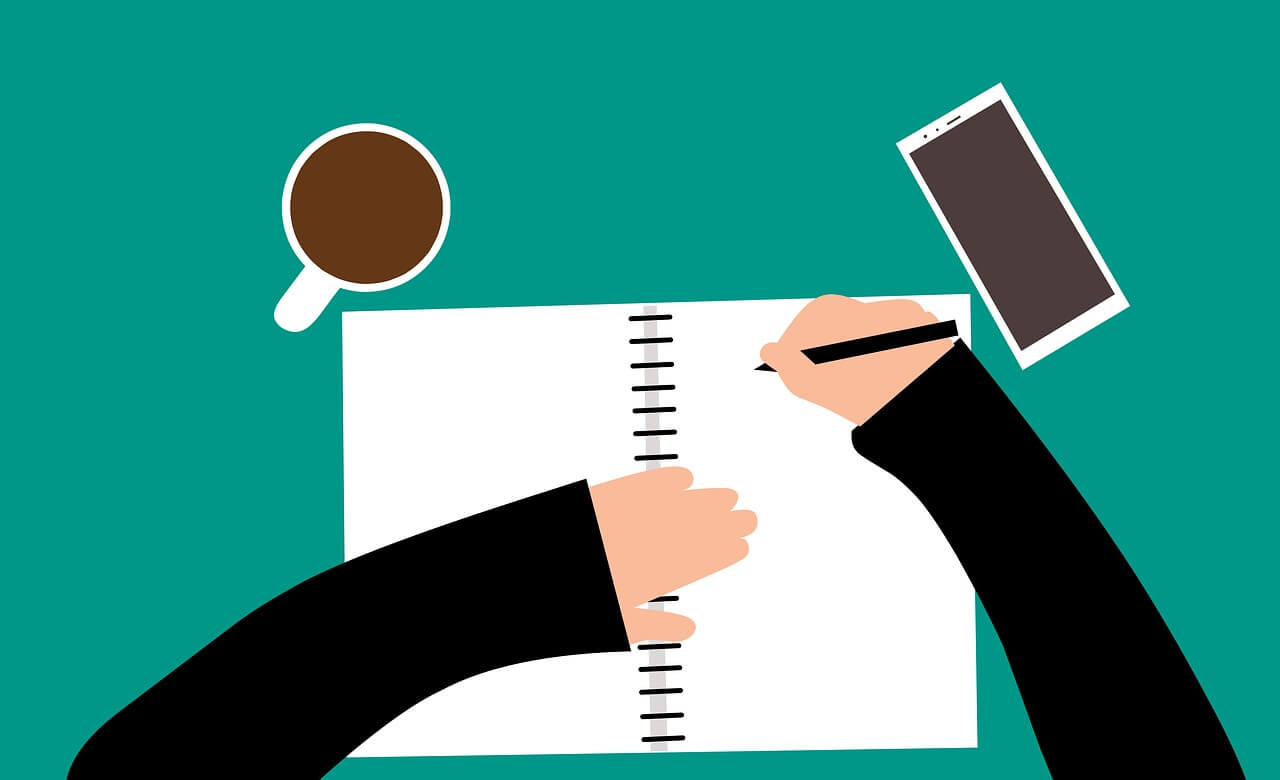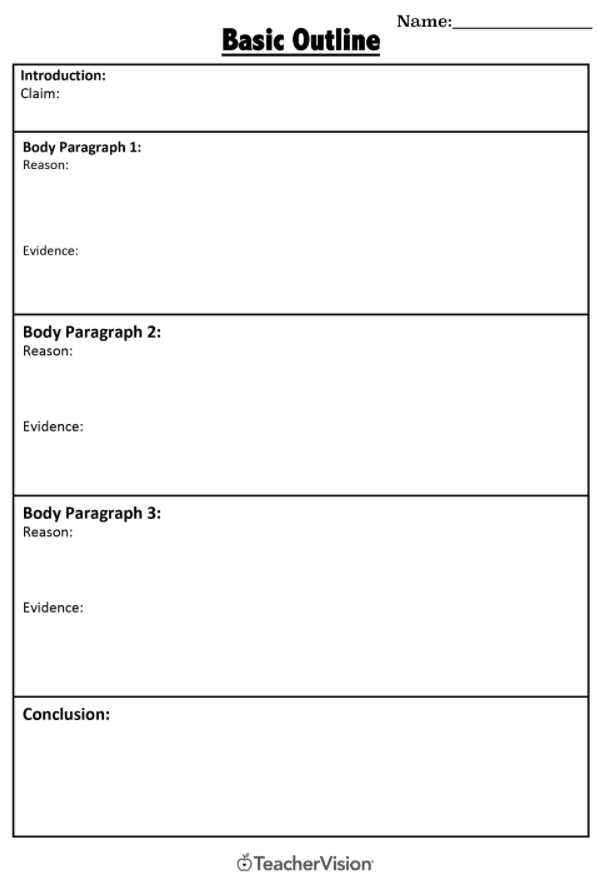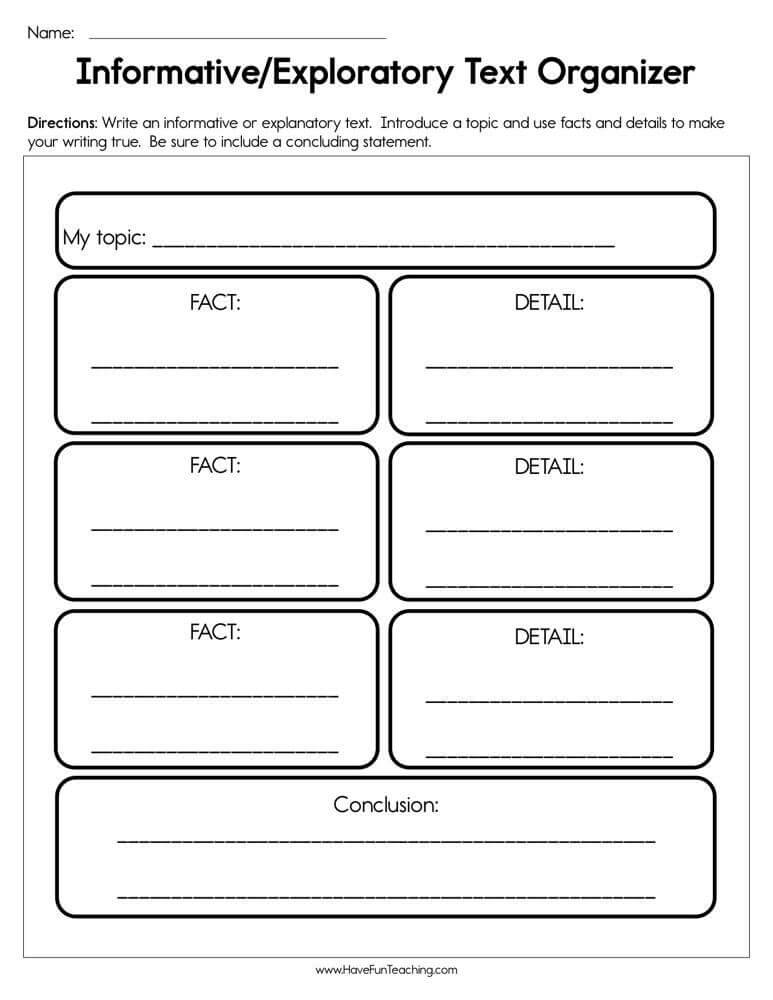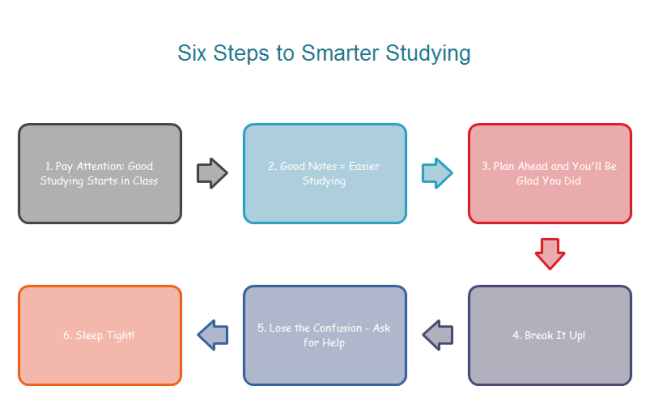The Ultimate List of Graphic Organizers for Writing

A simple learning technique is a graphic organizer to classify, clarify, and simplify complex information. Many teachers use graphic organizers along with other teaching methodologies to improve learning abilities.
What Are Graphic Organizers?
A graphic organizer is a learning and teaching tool used to organize and manage information and ideas simply and easily. Graphic organizers make it easy for students to comprehend and internalize information by integrating text visuals and other visual aid to show relationships and connections between terms, facts, and concepts.
There are different types of graphic organizers for various purposes: graphic organizer for writing, graphic organizer for ideation, graphic organizer for teaching, etc.
Graphic organizers are used in all grades and classes because they have proven to be an effective learning tool for gifted students and those with special needs.
Usages of Graphic Organizers
Thus, graphic organizers are commonly used across the curriculum to:
- Visualize and present information in a simple and easy way.
- Breakdown large and complex concepts into smaller and simplified parts.
- Help students actively contribute in participate in the learning process.
- Enhance the retention power for learning new concepts and ideas.
- Promote self-learning for note-taking studying and analyzing.
- Improve the writing skills and ideation process.
Benefits of Using Graphic Organizers
Here are some benefits of using graphic organizers:
1. Improves Comprehension
Graphic organizers are an excellent tool for improving reading comprehension. It helps students to visualize and internalize the material that they are reading and learning. It leads them to a better understanding of the information provided in the text.
By encouraging students to think profoundly using a visual aid, graphic organizers allow them to organize and prioritize what they comprehend. Thus, students can see the connections and relationships in the given information, which leaves to improve comprehension.
2. Suitable for Students of All Calibers
Every brain is different. Some students are quick learners while others require some time and effort to pick up the information provided. Finding material that benefits all students with all types of learning abilities is difficult.
However, a graphic organizer is effective for all students and even benefits those with learning disabilities. This is because graphic organizers give a hands-on approach to learning and make it easy for students to identify ideas, draw conclusions, and make inferences.
3. Improves Writing
Putting your thoughts into words is not easy and requires a certain level of skill and experience. Talented writers are not just born but they work on their vocabulary, sentence structure, and other tools that improve writing.
A graphic organizer for writing is very helpful because it represents information in a pattern and allows the writer to visualize his concepts before putting them on paper. Graphic organizers also help improve writing in other ways like:
- To declutter and organize an idea.
- To improve vocabulary.
- To create a concept map of the central idea.
- To view key points of your write up.
- To divide the content into sections like start, middle and conclusion.
- For prewriting or to explore the development of the content.
Commonly Used Graphic Organizers for Writing
Graphic organizers help students learn the art of writing and an organized and simple way. Some common types of graphic organizers for writing are:
1. Persuasive Maps
Persuasive maps are interactive tools that help students learn the process of persuasive writing. This type of graphic organizer helps them outline and prepare arguments for speeches, essay debates, and dialogues.

Source: creately.com
How to use Persuasive Maps?
- Select the topic of your choice for an essay or debate. Conduct thorough research on the topic and collect enough relevant information.
- Identify the claim that you want to make and start your persuasion map by noting it down first.
- Now draw out the reasons for making this claim.
- Then state all the relevant facts, examples, and other reference information to support your reasoning.
- Finally, conclude your write up with an impactful statement.
2. Outlining
Outlining graphic organizers help create outlines for paragraphs for any writing assignment. Students highlight the key points of each paragraph and note them down which helps to create a detailed write-up.

Source: teachervision.com
How to use Outlining?
- First, identify the topic or idea for writing.
- Now select the number of paragraphs you want to have.
- Identify each paragraph and write the main idea for each paragraph, for example, Introduction, Claim, Reasons, Evidence, and Conclusion.
- Create outlines for each paragraph and write down the highlighted points as bullets.
- Once you're done combine the outline points in proper sentences to create detailed paragraphs.
3. Sequence Chart
A sequence chart helps visualize the hierarchy of steps of a process or the order of events, etc. sequence charts can also be used for lesson planning, note-taking, and essay writing.
Source: edrawsoft.com
How to use a Sequence Chart?
- Identify all the steps involved in the process or event.
- Arrange the steps in sequential order using the chart.
4. Handy 5W’s Chart
The 5W’s chart helps identify the five essential factors of any write up: Who - What - When - Where - How
Students can use this graphic organizer as a starting point for any story writing task.

Source: pinterest.com
How to use the Handy 5W’s Chart?
- Draw the outline of your hand on a piece of paper.
- Starting from your thumb, begin labeling each finger.
- Under each category, note down the relevant information.
- Now you can use these points to create a simple storyline.
- Add more details to your story.
5. Informative Writing Organizer
This graphic organizer helps breakdown and organize information in a simple form. It is usually divided into three sections: Introduction/Topic, Supporting Details and information, conclusion.

havefunteaching.com
How to use an Information Graphic Organizer?
- First, write down your main topic.
- Then the white the information into key points.
- You can also categories information based on comparison chronological order cause and effect and as problem and solution.
- Once your information is listed down, derive the conclusion based on that information.
Tips for Using Graphic Organizers for Writing
Keep It Simple – Your graphic organizer should be simple and easy to manage. Don’t go for complex charts and paragraphs as they will make it hard for you to comprehend the information.
Bullets – Avoid complete sentences and only note down key information in the form of bullet points or short sentences.
Use Shapes and Colors – Add more differentiation and categorization by using different shapes and colors.
Use a Chart Maker – Use proper drawing tools to create a perfect graphic organizer for writing quickly and easily. EdrawMax helps you create all types of graphic organizers to develop concepts, brainstorm ideas, and simplify information.

